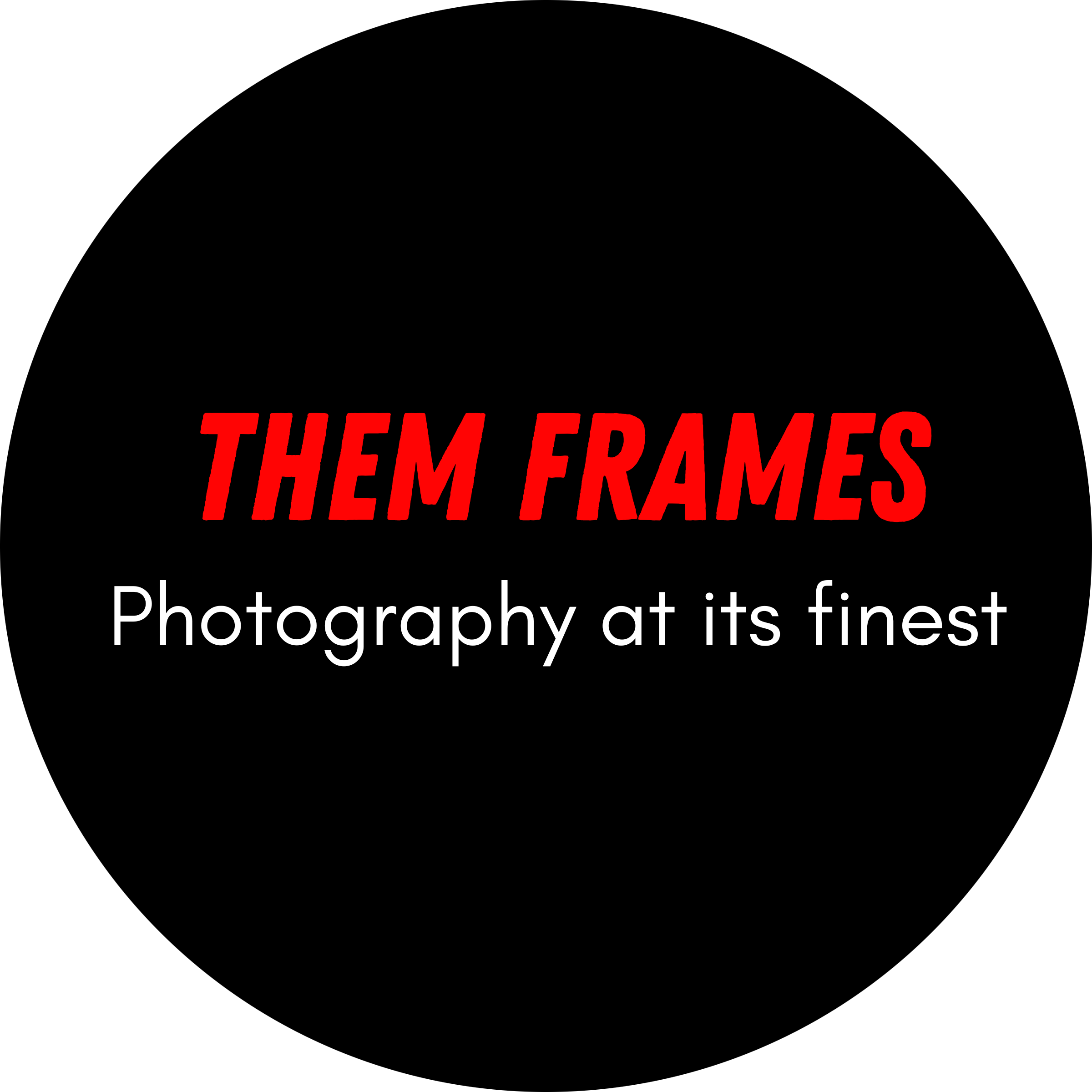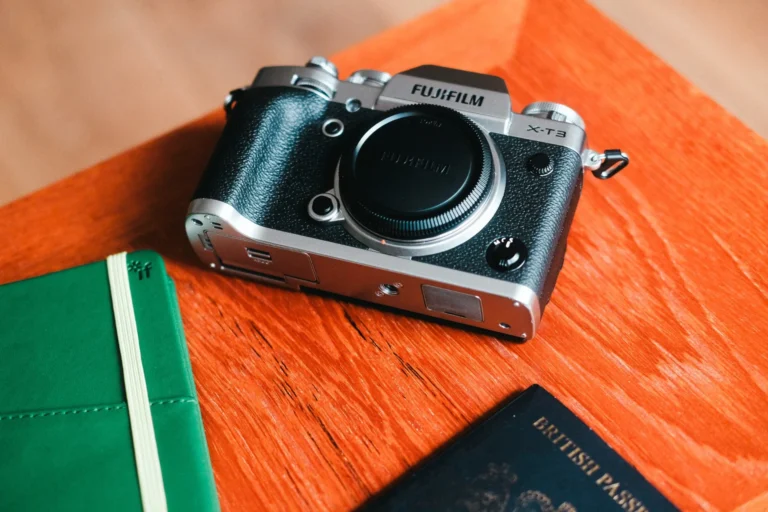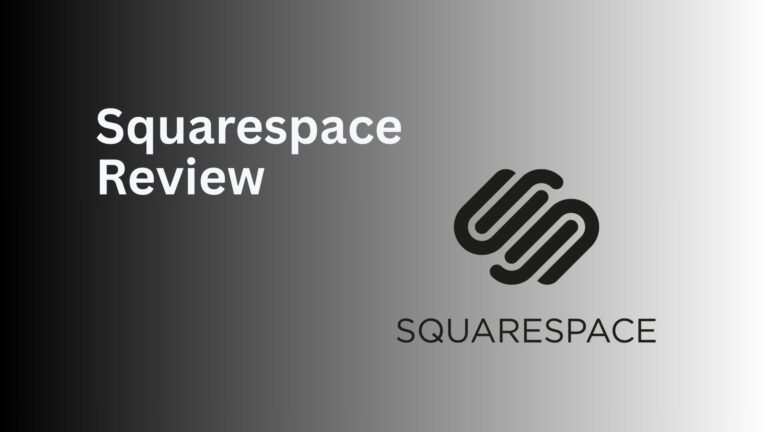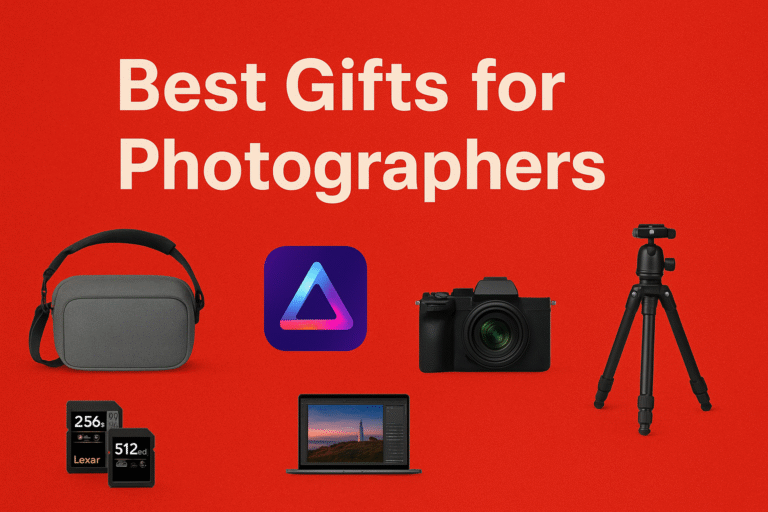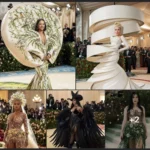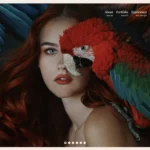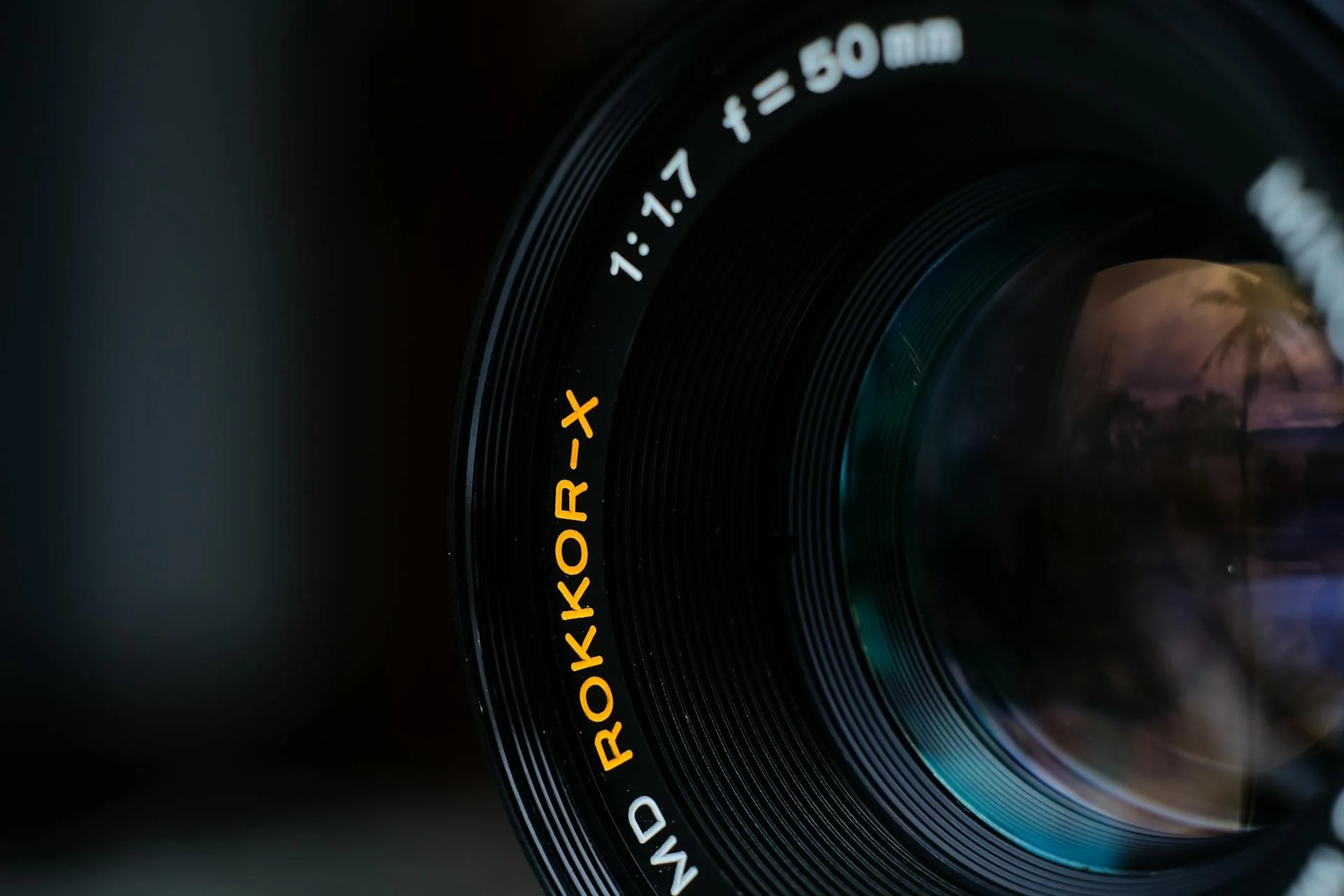
Those new to the craft often ask what is the best lens for street photography. So do people who are looking to invest in new gear. But, with so many options and differing styles, does the best lens even exist?
As with the best street photography camera, selecting the best lens is truly subjective. It also heavily depends on what type of street photography you want to create. So, when we look at the best lens for street photography, we must consider what type of street photographer you want to be.
The best lens for street photography: At a glance
For me, the best lens is the 50mm lens. It gives the most accurate representation of the human eye and allows you to photograph scenes exactly how you see them. It’s also a great lens for street portraits as it doesn’t have much distortion, and won’t be unflattering for your subjects. This is my preference though, and some favor the other lenses mentioned in this article.
This isn’t about brand
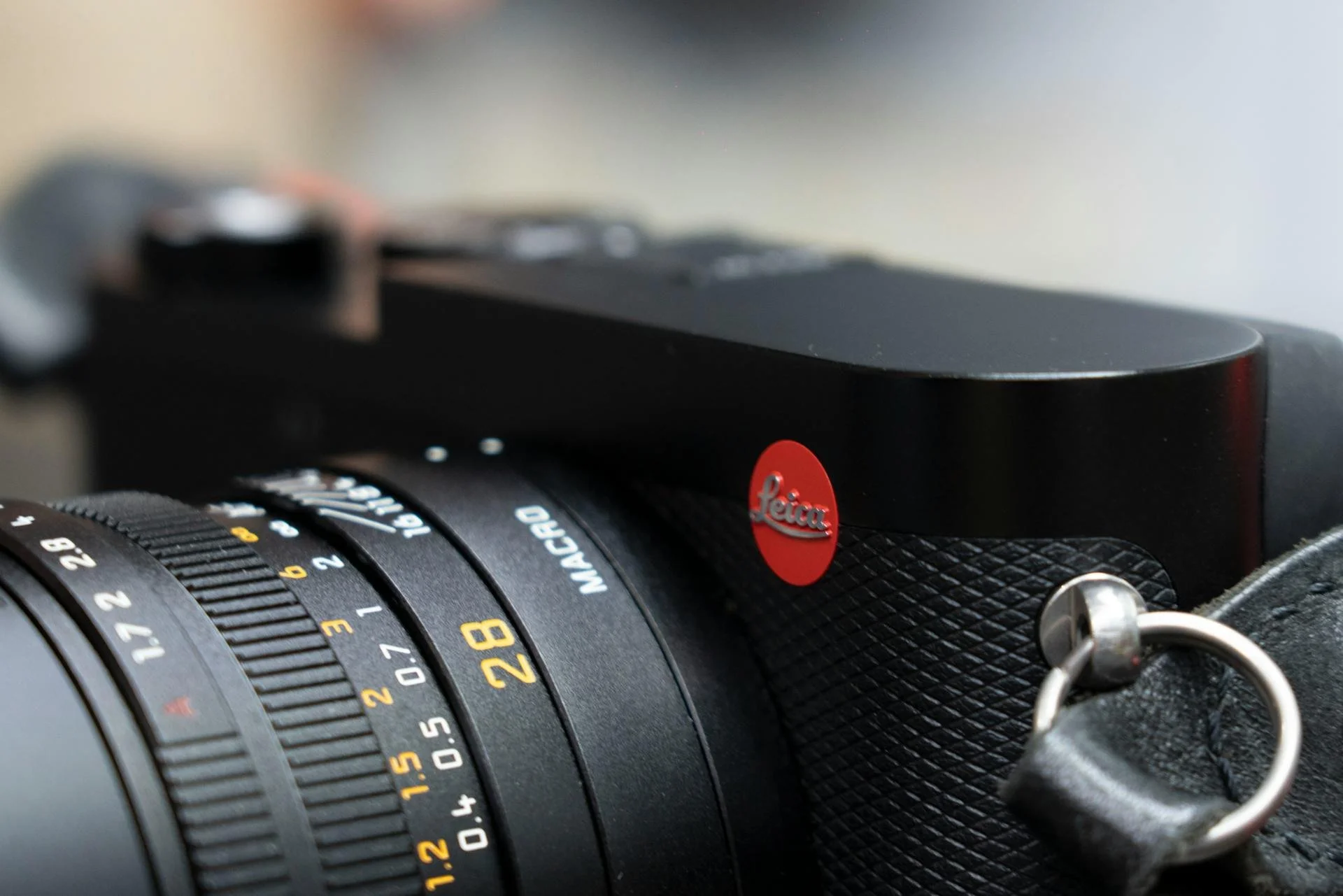
In this article, we’re not sharing brands. It doesn’t matter if you shoot Leica, Nikon, Fujifilm or the rest. Today, all manufacturers are making high-quality glass. The brand you choose is really down to the type of relationship you have with your camera.
Instead, we’re going to be looking at focal lengths, and what type of results you can expect when using a specific length.
Why the 50mm is the best lens for street photography
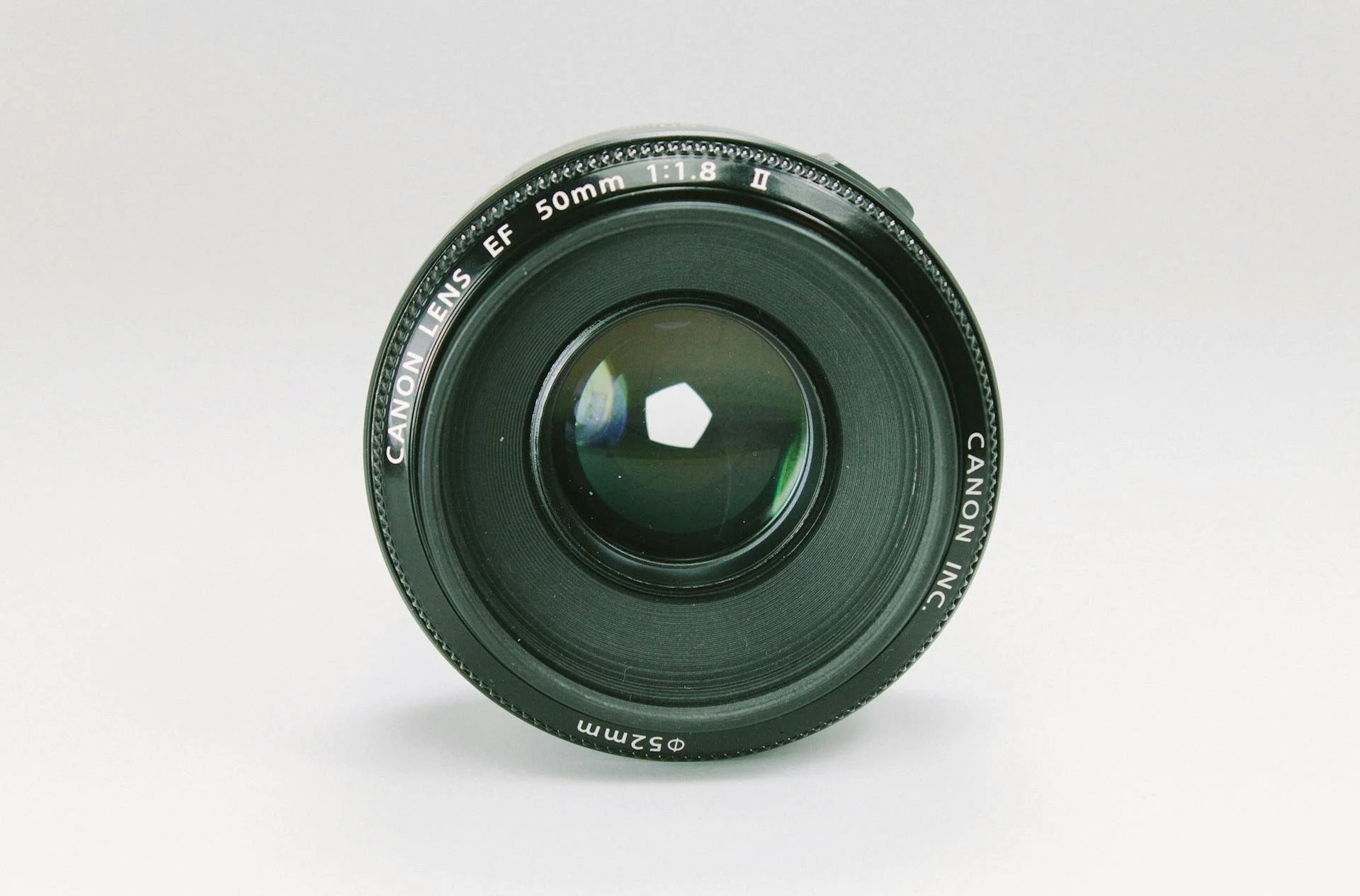
To be clear, I don’t think every street photographer should use a 50mm lens for street photography. But, I find it works for my style of street photography.
I’m not one to put a lot into a scene. I like isolating subjects and I also like documenting everyday life. Although I’m a fan of the style, in my work I don’t have a lot of mind-bending angles that play with perspective.
The notion is that the 50mm is the closest representation of the human eye. And, that’s all I’m aiming to do when I make street photographs; make a record of how I see things.

Though it’s not without its drawbacks. If you’re in a tight space, like a packed out high street, it can be difficult to get everything you want in the frame. For those who have multiple narratives within a single frame, the 50mm may let you down more often than you would like.
I also like the 50mm because I feel it’s the best lens for street portrait photography. It’s not too wide so won’t distort the subject like some wider lenses. That’s not to say a 50mm is the best portrait lens, but when it comes to finding the sweet spot for candid photography and street portraiture, the 50mm hits just right.
The 50mm vs 35mm lens for street photography

35mm has long been a popular lens for street photography. It makes up for the 50mm’s shortcomings. You can get more into a frame, but it’s not so wide that you begin to see too much distortion.
You’re going to see slightly less depth of field and subject separation when using the 35mm. You’ll also see some distortion of your subjects when doing street portraits, which can be unflattering.
The 35mm is best for those who want to bridge the gap between street and documentary photography. It’s a great lens to tell a story in different ways, from close up, intimate perspectives, to the wider, observant style of photography.
Why the 85mm isn’t the best lens for street photography

When mentioning street portrait photography, I did not mention the 85mm as a go to lens. This may confuse some of you as it’s often taught that the 85mm is the best portrait lens for most users.
The first problem with the 85mm is its size. It’s physically a bigger lens than both the 35mm and 50mm lenses. Some may not like the feel of it in the hand and it may weigh some people down when using it for long periods.
But the main issue is its limitations. You’re very limited with what you can do with an 85mm. It’s not a good story telling lens, nor is it very good if you like layers within your street photographs. For the most part, you’re going to end with a body of work that’s over saturated with isolated candid street portraits.
I’m not the only one to think this way. In a recent post on Reddit, speaking on the 85mm for street photography, one user wrote, ”I’ve used an 85mm for street photography and I’d say it’s much, much more limiting…” Another said, “…it can be limiting when it comes to capturing a scene in a city.”
If you do street portraits and don’t want to budge on the 85mm, perhaps you could carry a 50mm lens for when you want to do your candid work. It means you’re carrying around more weight, which can be annoying. But, if it’s okay for you, it’s the best combination if you want to get street images exactly how you like them.
Telephoto lens for street photography

From what I said about the 85mm, it should come as no surprise that I don’t recommend a telephoto lens for street photography. Personally, I don’t go past 50mm, but for everyone, my absolute limit would be 85mm.
A lot of beginner street photographers go for a telephoto lens. It’s because they’re nervous and don’t want to get into confrontation when doing street photography. If that’s you, you have to get past this. If you really want to get the most out of street photography then you need to get comfortable with being uncomfortable.
Not only that, but I think you lose all of the emotional aspect of street photography. I’m not the only one who practices street photography to feel a deeper connection to society. You can’t get that experience when using a telephoto lens.
I want to be able to look my subjects in the eyes. I want to have a connection with them, whether they’re aware of it or not. That may sound odd to some, but with the best intentions it’s good to feel a connection to others outside your closest circle. We’re social creatures. We’re human.
Picking the right lens for street photography isn’t easy. There’s so much material out there, that it can be confusing to know if you’re making the right decision.
I say, before listening to anyone else (including me), listen to yourself. If you want to stand with a telephoto lens, then do it. Do I think you’re missing out on a beautiful connection? Absolutely. But, that may not matter to you, we all do street photography for different reasons.
If you do want to go with me, then I say go with the 50mm. It will give you everything you need, and it’s also a great lens for travel photography and portrait photography.
As always, do you research before committing to an investment. It’s also good to borrow or rent a lens. Use it for a few days to see if it’s for you. If it is, then you’re on to a winner.
What do you think is the best lens for street photography? Would you use a telephoto lens? Which photographers inspire you? Let me know in the comments, Thanks for reading.
FAQs
Which lens is the best for street photography?
The 35mm and 50mm lenses are the most popular focal lengths for street photography. The 35mm is great for making layered images and the 50mm can give a more up-close and intimate aesthetic
Is 50mm good for street photography?
The 50mm is a solid option for street photography. It gives you a view similar to the human eye and it’s also a good focal length for photographers who like to do street portraits. Photographers like Henri Cartier-Bresson and Elliott Erwitt were fans of the 50mm lens.
Is an 85mm lens good for street photography?
Although the 85mm is good for portrait photography, it’s not a good option for street photography. It’s very limiting, and it doesn’t allow you to get a lot within one scene. It’s also bigger than other traditional lenses used for street photography, which some users may find uncomfortable.
Want your work featured on Them Frames? Pitch us.
